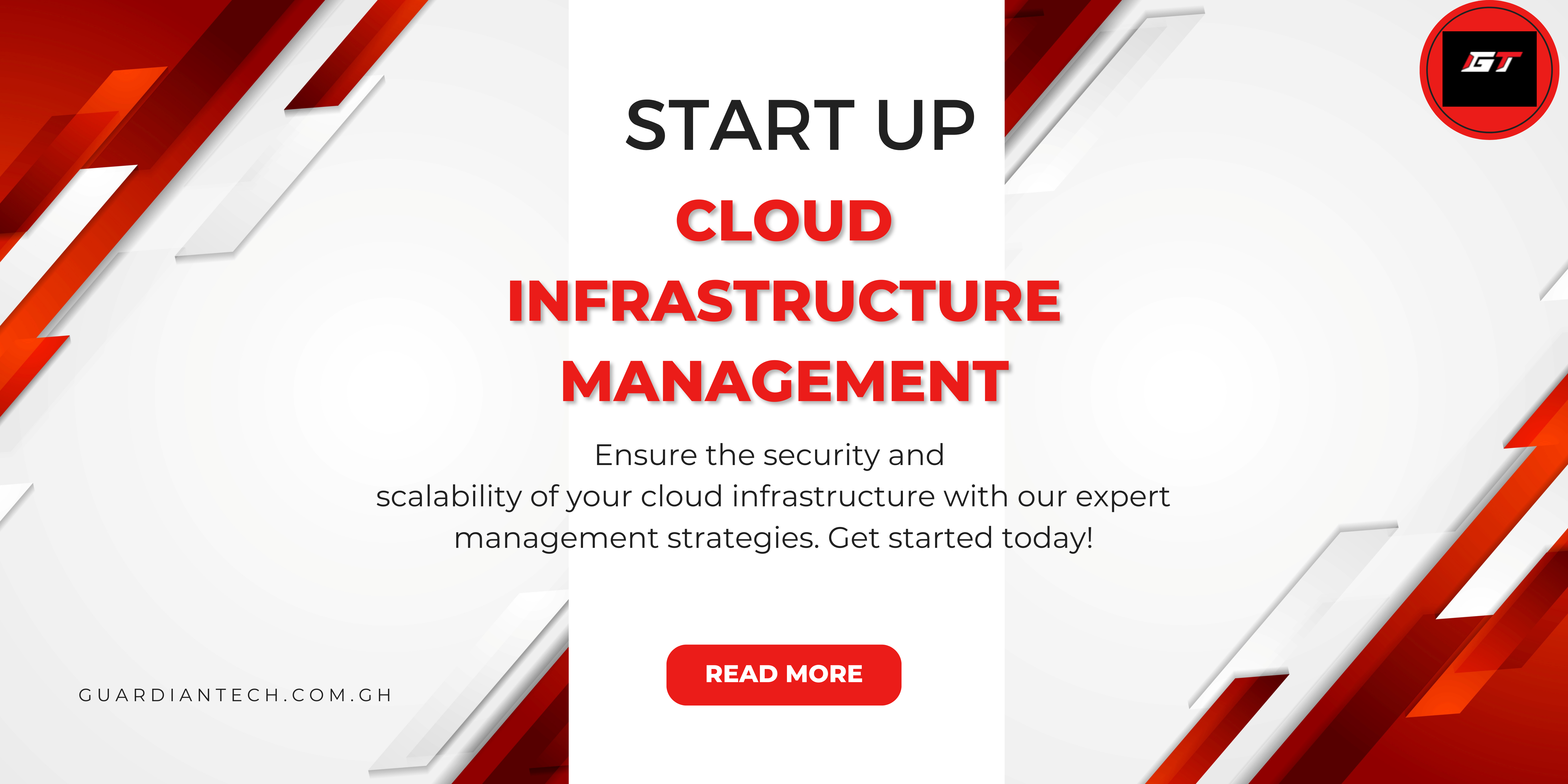
Modern IT operations must take cloud infrastructure management seriously. In cloud-based contexts like data centers and virtualized infrastructure, it comprises the management, observation, and optimization of resources. Organizations can gain greater levels of efficiency, scalability, and cost optimization by managing cloud infrastructure effectively.
For enterprises, cloud infrastructure management has numerous major advantages:
Businesses may scale their operations in response to demand thanks to cloud infrastructure's quick provisioning and de-provisioning of resources.
Organizations may simply scale their resources up or down with cloud infrastructure management, assuring optimal performance and cost-effectiveness.
Proper management of cloud infrastructure enables companies to use resources more efficiently, cutting costs where possible and maximizing return on investment.
Disaster recovery and built-in redundancy are features of cloud infrastructure management that provide high availability and data security.
Because cloud infrastructure is dynamic, businesses can easily adjust to shifting customer demands and market situations.
The following recommended practices should be taken into account when managing cloud infrastructure:
To spot possible problems and optimize resource distribution, continuously check the functionality and state of your cloud infrastructure.
To ensure effective utilization and cost savings, optimize resource allocation by utilizing auto-scaling, load balancing, and resource tagging techniques.
Use infrastructure-as-code (IaC) techniques and automation tools to speed up the deployment, setting up, and management of cloud resources.
To secure crucial data and guarantee company continuity in the event of failures, implement reliable backup and disaster recovery procedures.
Adhere to security best practices recommended by the industry, such as access control, data encryption, and frequent vulnerability assessments. Up-to-date documentation of your cloud infrastructure's configurations, dependencies, and operating processes should be kept.
Cost optimization for cloud infrastructure necessitates thoughtful strategy and execution. Take these actions:
Find underutilized resources, and then change their provisioning to reflect the demand that has been experienced. Use auto-scaling features to automatically modify resource capacity in accordance with workload trends.
To lower costs for long-term resource utilization, take advantage of the reserved instances or savings programs provided by cloud service providers.
Determine your needs for storage and select the proper storage tiers to cut costs.
Look at serverless computing choices to only pay for the time that compute resources are really used.
To safeguard sensitive data and uphold compliance, it is essential to ensure security in cloud infrastructure management. Take these actions:
To prevent unauthorized access, define granular access controls and impose reliable authentication procedures.
Use the encryption techniques and protocols that your cloud service provider suggests to encrypt data both at rest and while it is being transmitted.
Conduct routine penetration testing and vulnerability scans to find and fix security flaws.
The plan will help you respond to security incidents or breaches effectively and reduce their impact.
Continually check to see if your cloud infrastructure complies with applicable security norms and laws.
For cloud infrastructure to scale, it must be scalable to handle shifting workloads. Think about the following actions:
Create auto-scaling policies to automatically modify resource capacity in accordance with workload patterns and demand.
To achieve the best performance and scalability, divide incoming traffic among various resources.
Individual resources, use horizontal scaling to increase capacity by adding more instances or nodes to the current infrastructure.
Like replication or database sharding to scale databases horizontally and cope with growing data volumes.
In order to manage cloud infrastructure effectively, automation is essential. For efficient automation, adhere to the following steps:
Technologies to automate the deployment, configuration, and provisioning of cloud resources.
Drift across cloud resources by implementing configuration management technologies to impose consistency.
Techniques to define and manage cloud infrastructure using declarative configuration files, facilitating version control and reproducibility. Automate the development, testing, and deployment processes for cloud apps to produce faster and more dependable software delivery.
The advantages of both public and private clouds can be combined by implementing a hybrid cloud system. Please take into account:
Specify the goals and use cases for using a hybrid cloud model in your company. Classifying your data according to its sensitivity and any applicable regulations can help you choose the best deployment strategy for each type.
Establish a trustworthy, safe, and secure network connection between your on-site infrastructure and the public cloud service provider.
Techniques to provide smooth data synchronization and flow across on-premises and cloud settings.
Consider the architectures of your applications and make the necessary changes to make them portable and compatible with different hybrid cloud systems.
Modern IT operations must make use of cloud infrastructure management, which has many advantages like scalability, cost reduction, and improved security. Organizations can efficiently manage their cloud infrastructure to boost operational efficiency and quicken digital transformation by utilizing automation and best practices.
To stay ahead in the always-changing cloud landscape, keep in mind to routinely analyze your infrastructure needs, keep up with the most recent developments in cloud technology, and modify your management tactics as necessary.